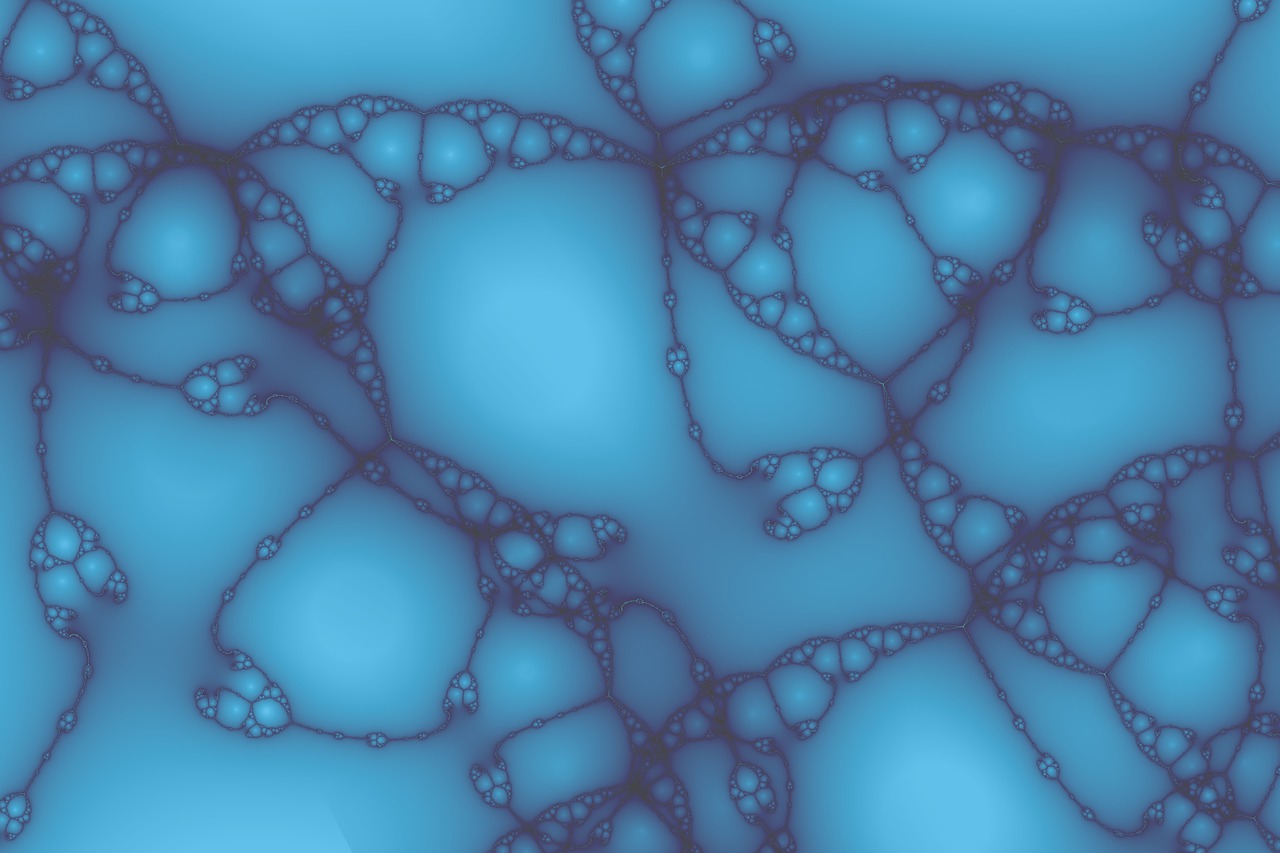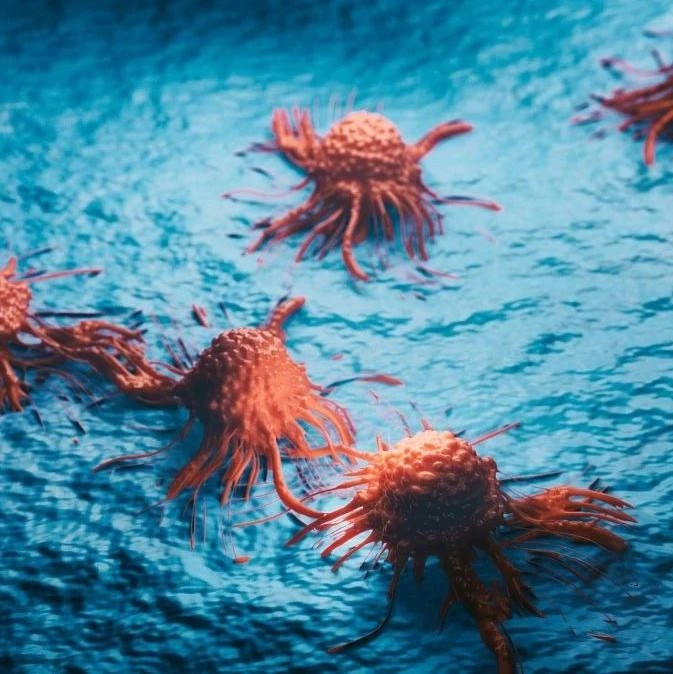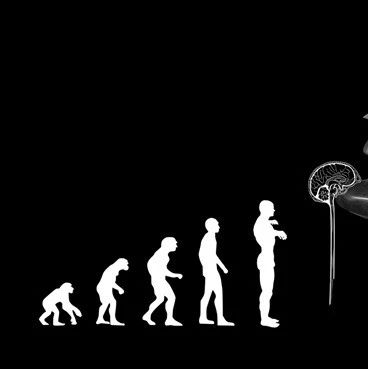Mutations in the DNA methyltransferase gene DNMT1 can lead to a form of inherited neurodegeneration called hereditary sensory neuropathy, according to a study published in the early, online version of Nature Genetics yesterday.
An international research group used exome sequencing and bioinformatics to trace a neurodegenerative condition called hereditary sensory and autonomic neuropathy type 1 back to mutations in the DNMT1 gene in four families affected by a form of HSAN1 involving dementia and hearing loss. HSAN1-affected individuals carried mutations that cause improper Dnmt1 folding, lead to early degradation of the enzyme, and interfere with its activity and interactions with chromatin.
Although more research is needed to understand Dnmt1's role in neural survival and signaling, those involved in the study say their findings so far point to a functional role for the methyltransferase in HSAN1 — an autosomal dominant neurodegenerative condition characterized by loss of feeling and pain sensation in the central and peripheral nervous systems. HSAN1 symptoms usually start showing up when affected individuals are between the ages of 20 and 35 years old.
"These mutations affect the proper folding of DNMT1, decrease enzymatic activity, impair heterochromatin binding ability after the S [cell cycle] phase and lead to the occurrence of global hypomethylation with local hypermethylation," lead author Christopher Klein, a neurology researcher at the Mayo Clinic in Rochester, Minn., and co-authors wrote.
Past research has implicated a few genes in HSAN1, the team explained, but most genetic culprits are yet to be discovered.
For the current study, Klein and his co-workers focused on a form of HSAN1 that includes hearing loss and early-onset dementia, first using a genome-wide linkage study of 63 individuals from one HSAN1-affected family to find a HSAN1-linked locus on chromosome 19.
To narrow in on genetic culprits, the team did exome sequencing and bioinformatics analyses on individuals from four families: two families from the US who were of German and northern European descent, respectively, an Australian family of British descent, and a Japanese family.
The researchers used two different strategies for the exome sequencing experiments — one that relied on an Agilent SureSelect Human All Exon protein-coding capture kit coupled with paired-end sequencing using the Illumina GAII and a second that used a combination of NimbleGen 2.1 M human exome capture methods and Roche 454 GS-FLX sequencing.
In the processes, the team found that HSAN1-affected individuals from the four families carried one of two mutations in DNMT1 that segregated with the condition.
Affected individuals from three of the families had the same single nucleotide swap in a targeting sequence domain that mediates Dnmt1 interactions with chromatin, while affected individuals from the fourth family carried three nucleotide changes in the same part of the gene.
"Our results provide a direct link between DNMT1 alteration and a neurodegenerative disorder of both the central and peripheral nervous systems," the researchers wrote.
The team's subsequent functional, cellular imaging, and methylation experiments hint that these DNMT1 changes lead to misfolding and premature degradation of the enzyme, along with decreased interaction between DNMT1 and heterochromatin during certain stages of the cell cycle.
The shifts in the DNA methyltransferase's activity seem to rein in DNA methylation across the genome, with particularly pronounced hypomethylation at some repetitive and transposable element sequences.
On the other hand, the researchers noted, a handful of promoter CpG island regions showed enhanced methylation in the presence of mutant Dnmt1, hinting at a range of epigenetic consequences stemming from DNMT1 mutations.
The epigenetic findings might help explain why HSAN1 symptoms seem to get worse with age, the team noted, as changes accumulate in affected cells.
"Our study emphasizes that even moderate global hypomethylation in association with local hypermethylation can have a severe effect on neuronal survival and function," they concluded. "The pathogenic mechanism of mutant DNMT1 is potentially complex and provides a new direction for the study of neurodegeneration."







